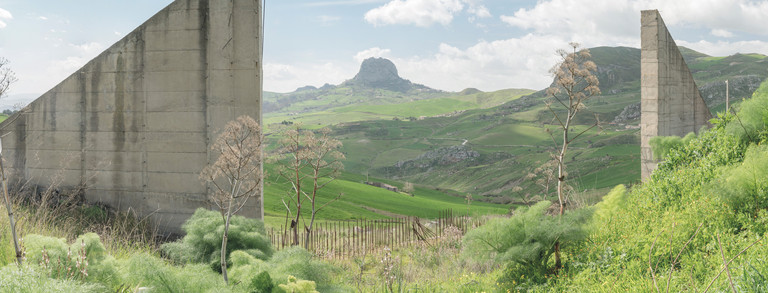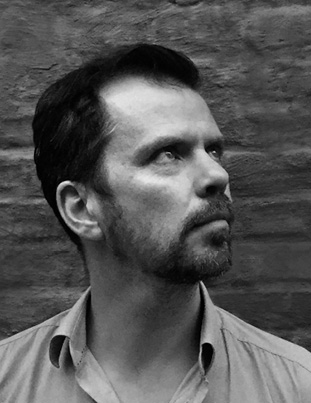
You are here:


In this lecture I will explain how my artistic work evolved out of my activities as an architectural photographer. By dessecting buildings through the lense of a camera I became aware of how the vocabulary and grammatics of architecture works. This knowledge gave me the material to play with these rules and create new images dealing with typology, scale and form, historical awareness, cultural and political status of architecture. This body of work consists of a series of digital photocollages which represents fictious architecture. They are constructed images built out of pictures of existing architecture. They are the result of a "romantic" longing for a kind of architecture that doesn't exist in reality. Their plausibility on paper give them an aura of an impossible reality. However I'm not an architect the need to operate in real space is always present. Therefore I also will show my spatial installations where I explore the themes in my photographic work translated in spatial actions. They are part of a cyclus of photographing reality (architectural photography) that slips into a work that is deconstructing, re-arranging and compressing reality (photocollage) and finally becoming reality again (3d installations).
